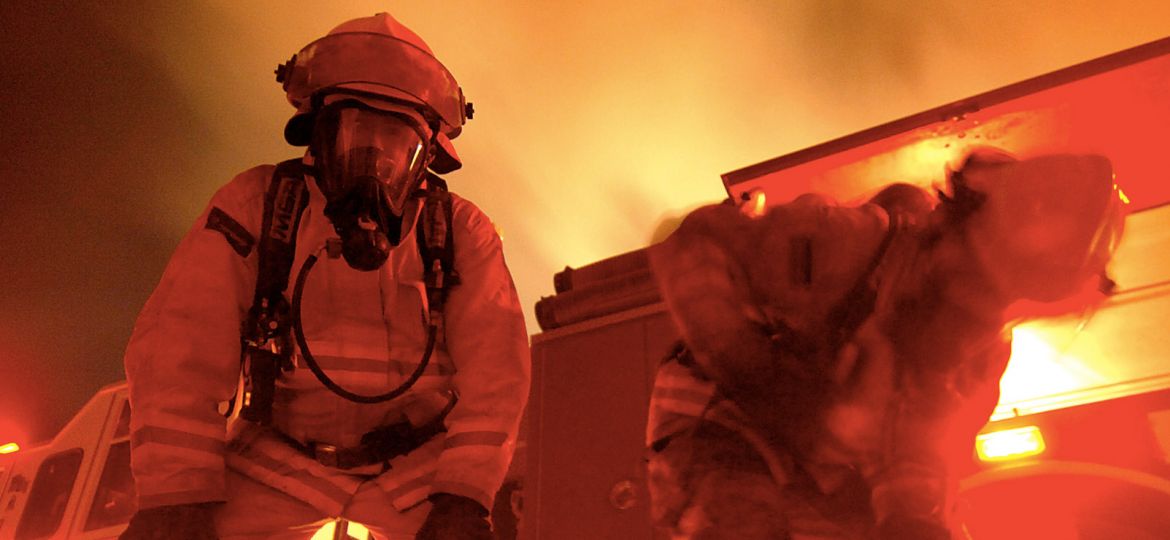
WHY THIS MATTERS IN BRIEF
- Many people with secondary or third degree burns find that their lives are changed forever, now a new stem cell treatment looks like it can heal them without leaving scars
Every year over 486,000 Amercians suffer burns with over 40,000 being hospitalised and while 97% of them survive many are left with life altering, sometimes debilitating scars. Now an experimental stem cell product offers many of them new hope, and a future, without scars.
The product, called the SkinGun, from New York biotech firm RenovaCare, uses cutting edge stem cell research. First another RenovaCare product, their “CellMist System” harvests a patient’s stem cells from a small area of unaffected skin and suspends them in a water based solution. The SkinGun then sprays that solution onto the wound and, almost as if by magic – but we really know it’s science – new healthy skin begins to grow, at the cellular level.
“We don’t modify the stem cells at all,” said Thomas Bold, CEO of RenovaCare, “we don’t do anything with the cells. We just isolate them from the surrounding tissue, put them in a syringe within a water based solution, and we spray them. What we’re doing is all natural.”
The survivability of the stem cells that are shot out of the gun is a key factor and 98% of them remain viable. It’s this statistic that makes the new SkinGun so revolutionary, and it’s ability to heal burnt skin so great.
Although the SkinGun hasn’t been officially approved by the Food and Drug Administration (FDA) yet, it hasn’t stopped RenovaCare conducting trials in Pennsylvania.
“We’ve already seen a couple dozen patients and we’re very happy about the results,” said Bold.
Their reports have been published in the journal Burns, although experts outside the company as well as insiders say it may take years to commercialize the product. Nevertheless videos from the company show remarkably little scarring after treatment.
“Our work in Pittsburgh with the pre-product procedure shows great promise with now 47 patient treatments at UPMC Mercy Hospital Burn and Trauma Units completed,” said Dr. Jörg Gerlach a professor in the department of surgery at the University of Pittsburgh, “and now we’re entering the phase of planning clinical studies with RenovaCare.”
Meanwhile Dr. Robert Glatter, an emergency physician at Lenox Hill Hospital in New York, also believes CellMist and SkinGun are promising.
“Human studies have shown that this is feasible, but it’s still experimental at this point,” said Glatter, “and the results need to be borne out in further studies before it can be embraced by the burn center community.”
“There’s a lot of stem cell research going on at the moment to treat burns but unfortunately there are very few big randomised controlled studies to date,” noted Dr. Tom Rohrer, a dermatologic surgeon and board member of national organisations including the American Society for Dermatologic Surgery and the American Society for Laser Medicine and Surgery.
“Gaining FDA approval is what we are working on right now,” Bold said, and apparently RenovaCare is hoping to expand the range of possible applications of the CellMist System to include other skin disorders, all of which are helped by the fact that patients who’ve used the SkinGun so far have experienced only minimal – if any – scarring.
“Once a burn victim has been treated they often seek the help of a dermatologist because they often have debilitating scars,” said Dr. Cameron Rokhsar, an associate professor of dermatology at Mount Sinai Hospital and fellow of the American Society for Dermatologic Surgery, “not only are patients bothered psychologically, sometimes, their scars are painful, itchy, thick, and they cause loss of function.”
“One of the breakthroughs in the past couple of years is the use of fractionated CO2 lasers to release the tension in those type of scars, where people can actually get some function back,” Rokhsar said, “the laser evaporates tiny microscopic zones of tissue, almost like it drills tiny holes in the skin in a microscopic fashion, and that allows the scar to remodel itself,” Rokhsar said, “we’ve been using these lasers for some time now and they’re pretty amazing.”
Rohrer finds the results of these lasers “dramatic” but says they’re only the tip of the iceberg when it comes to new laser treatments.
“We’re also looking at putting stem cells down these vaporized holes to further improve the texture and colour of the skin,” he said.
When it comes to severe burns though, whether they’re second or third degree burns, require excision, explained Glatter.
A first degree burn harms only the epidermis or the outermost layer of skin, a second degree burn penetrates the dermis, the middle layer; and a third degree burn affects epidermis, dermis and the innermost layer, the subcutis – these are the worst by far.
Excision, an operating room procedure, begins with removing the dead skin and grafting healthy skin to the area, explained Glatter. Donor skin is removed from one area of the patient’s body – most of us possess about 21 square feet of skin – and implanted on the damaged area.
Though this is the standard approach, it’s not without difficulties. The surgical procedure to remove healthy skin is painful and leaves the patient with another wound that must heal, Glatter noted.
“Infection is often a problem, and grafting rates are often poor,” he said, “a good percentage of grafts won’t take and usually, skin grafts that do take are not cosmetically appealing, with different skin colors. New techniques using stem cells can address all of these issues and more,” he said, “so if you burn your shoulder and you used a stem cell technique, it would look the same as the skin on your shoulder. It wouldn’t appear any different.”
















